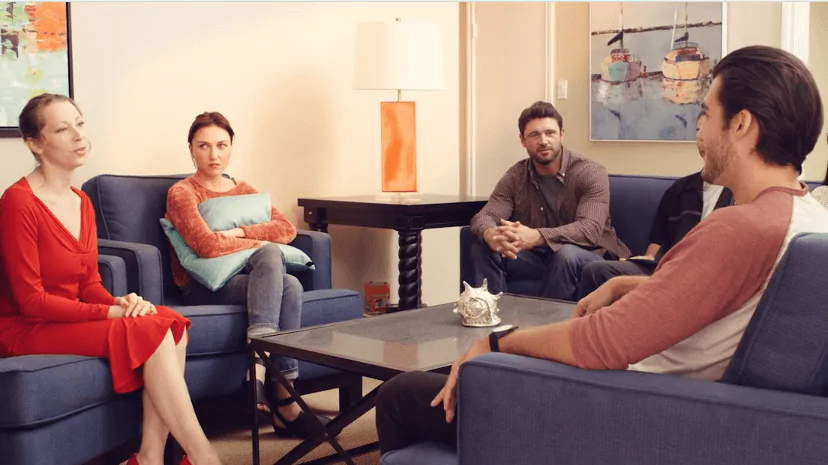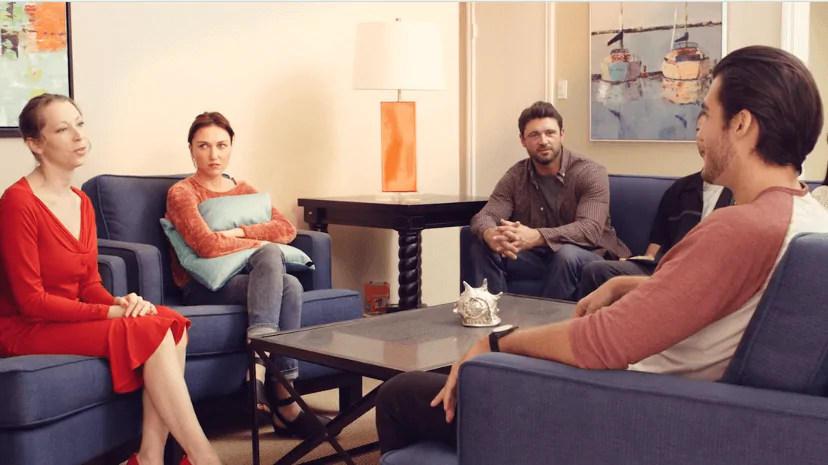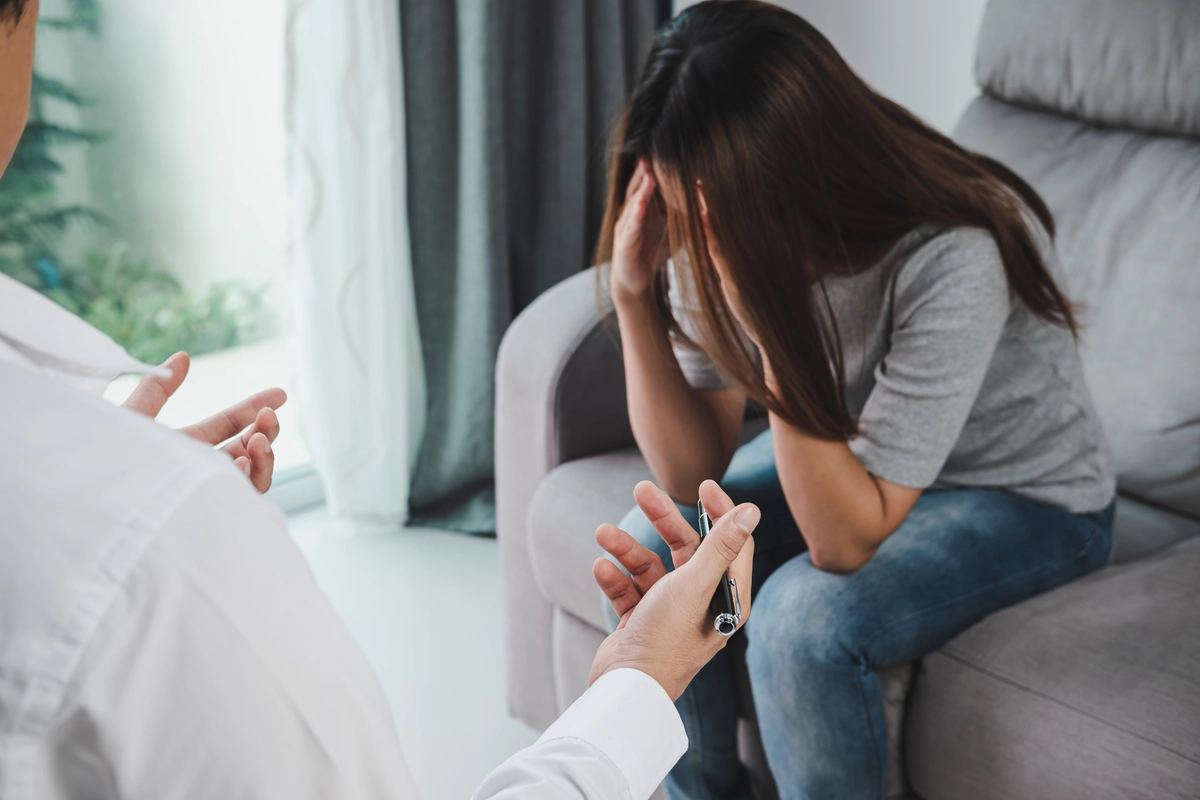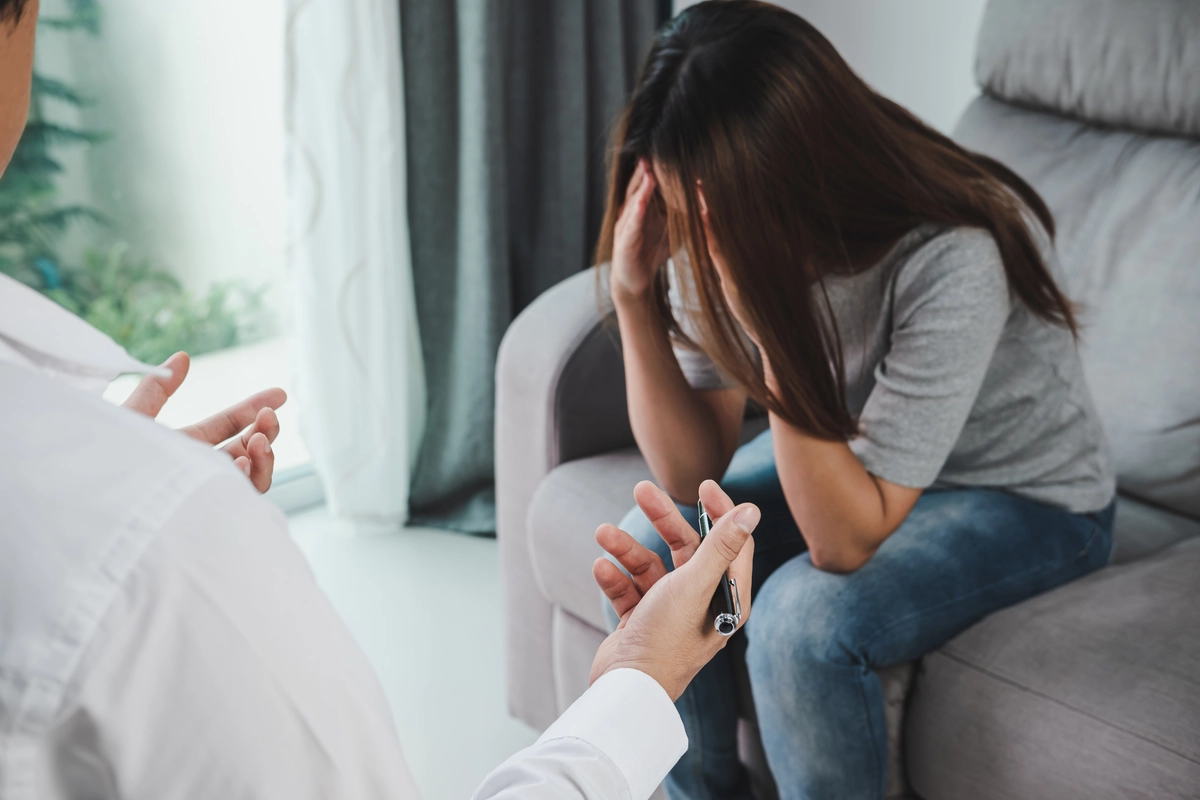24/7 Helpline:
(866) 899-221924/7 Helpline:
(866) 899-2219
Other Insurance Options

Ambetter

Anthem

United Health Care

Sliding scale payment assistance

Meritain

UMR

Amerigroup

Medical Mutual of Ohio

AllWell

Holman Group

Covered California

PHCS Network

BlueCross

WellPoint

EmblemHealth

Choice Care Network

ComPsych

Horizon Healthcare Service

Sutter

Optum

Hope Counseling Center
Hope Counseling Center is a private rehab located in Groveland, Florida. Hope Counseling Center spec...







Tuolumne County Behavioral Health
Tuolumne County Behavioral Health is a public rehab located in Sonora, California. Tuolumne County B...

Maynords Recovery Center
Maynords Recovery Center is a private rehab located in Tuolumne, California. Maynords Recovery Cente...

The Resource Center – Counseling & Psychiatric
The Resource Center - Counseling & Psychiatric is dedicated to provide behavioral health services to...

Alcoholics Home – House of Prayer
Alcoholics Home - House of Prayer is a non-profit rehab located in Jamestown, NC. Alcoholics Home - ...

Addiction and Counseling Services – Jamestown Business Center
Addiction and Counseling Services – Jamestown Business Center is a private rehab located in Jamestow...

Alpine Springs Rehabilitation and Recovery – Detox Facility
Alpine Springs Rehabilitation & Recovery, located in Linesville, Pennsylvania, is an accredited full...

Kings View Drug and Alcohol Services – Sonora
Kings View Drug and Alcohol Services - Sonora is a private, outpatient rehab located in Oakhurst, CA...

AA – Alcoholics Anonymous
AA – Alcoholics Anonymous is a non-profit rehab located in Sonora, California. AA – Alcoholics Anony...

WestCare – SUDT Multi-Level Program at Sierra Conservation Center (SCC)
WestCare – SUDT Multi-Level Program at Sierra Conservation Center (SCC) is a non-profit rehab locate...

The Adanta Group – Russell County
The Adanta Group is a private, non-profit organization providing community-based mental health; subs...

Mental Health Satellite
Mental Health Satellite is a public rehab located in Jamestown, New York. Mental Health Satellite sp...

AA – Alcoholics Anonymous
AA – Alcoholics Anonymous is a non-profit rehab located in Jamestown, New York. AA – Alcoholics Anon...

CASAC
CASAC - Chautauqua Alcoholism & Substance Abuse Council provides substance abuse and gambling awaren...

North Dakota Department of Corrections and Rehabilitation – Tompkins Corrections Center
North Dakota Department of Corrections and Rehabilitation - Tompkins Corrections Center is a hospita...

Manna House Ministries
Manna House Ministries is a non-profit rehab located in Jamestown, Tennessee. Manna House Ministries...




























































































































































